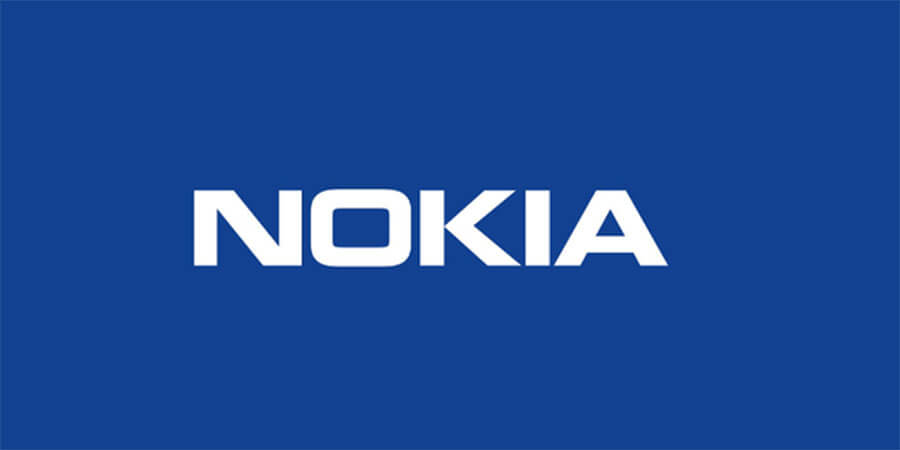Nokia announced an agreement with LG Uplus to expand 5G coverage by installing new equipment from Nokia’s comprehensive AirScale portfolio across the country, enabling seamless 5G indoor and outdoor connectivity. The deal is expected to accommodate future network expansion and will further deepen the partnership between the two companies, which have already collaborated on LTE, 5G and digital projects.
Being the first deployment of its kind in South Korea, Nokia will install its cost-effective, next-generation small cell AirScale Indoor (ASiR) systems in a range of indoor locations including shopping malls and office buildings. Composed of Nokia’s Digital Baseband unit and ASiR-pRRH solution (pico Remote Radio Head), the system features multi-operator and multi-band support and will enable LG Uplus to provide 5G connectivity.
The compact and flexible nature of the ASiR indoor system means it can be deployed quickly in strategic locations when additional capacity is required and is ideal for both consumers and enterprise customers. ASiR facilitates a simple service upgrade to 5G New Radio with minimal on-site working if required, and features a web-based manager, enabling remote configuration without need for a separate application - making it an ideal replacement for traditional, complex and expensive distributed antenna system (DAS) systems - with flexibility further enhanced by cell combination and splitting.
DaeHee Kim, Senior Vice President, Head of Network Infra Technology Group, LG Uplus, said: “Nokia’s AirScale system will help provide seamless 5G connectivity in indoor locations and environments. Its cost-effective, flexibility and compact design enables us to enhance our 5G offering.”
Tommi Uitto, President, Mobile Networks, Nokia, said: “We are delighted to have been chosen by LG Uplus to provide infrastructure that will be critical to a seamless 5G experience. Having worked with LG Uplus on a number of other recent projects, we believe the AirScale system is the right choice to complement existing solutions and enable next generation 5G connectivity.”





